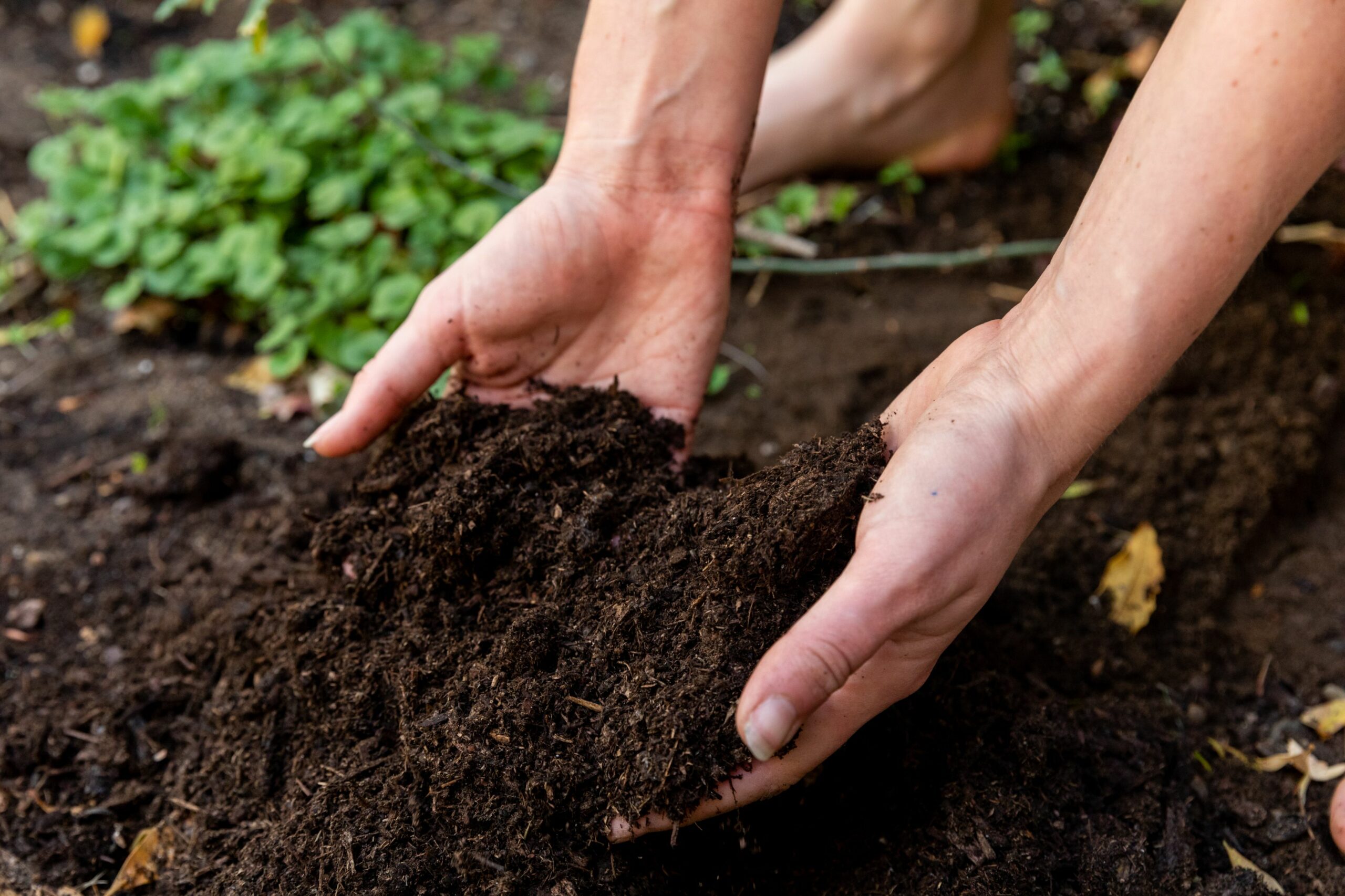MU Extension agronomist offers tips to offset high nitrogen prices

GALENA, Mo. – If there was ever a time to do a soil test, this is it, says University of Missouri Extension agronomist Tim Schnakenberg.
Rising fertilizer prices make it too expensive to guess on how to apply nutrients, says Schnakenberg.
Soil tests can prevent buying and applying fertilizer where not needed. See the MU Extension publication “Soil Sampling Hayfields and Row Crops” at extension.missouri.edu/g9217.
Schnakenberg offers several other tips to offset high prices:
• When prices are high, producers might want to prioritize lime over fertilizer if the soil’s pH is low. Lime application improves nutrient availability in the soil, which leads to more fertility from resources already waiting to be tapped
• Using manure from dairy or poultry operations might be a good way to add needed nutrients. Consider demand, trucking costs and the source of the litter.
• Reduce nitrogen loss by injecting manure and commercial sources into the ground instead of spreading on top of the ground.
• Use nitrogen stabilizers with commercial sources unless applied in cooler weather.
• Split applications sometimes can be a more efficient way to reduce losses. Check with your local extension agronomist for the most precise method of nitrogen applications on specific crops and forages.
Don’t overlook ways to more efficiently distribute manure already generated on the farm, Schnakenberg says. If you feed grass hay solely in a bunk at the same location each time, move hay feeding areas around to distribute the manure to other parts of the farm. MU research has also confirmed that a well-planned rotational grazing system greatly helps manure distribution in pastures.
Legumes such as clover and alfalfa are also good long-term sources of nutrients. They fix nitrogen for grass hay crops. Incorporate these legumes into pastures to potentially eliminate the need for nitrogen. Legumes take time to reach their full potential, especially if broadcast over the winter or sowed in the spring.
If prices continue to rise, Schnakenberg recommends applying phosphate and potash in the fall or early winter. There is little to no loss, and there may even be benefits from early application because there is time to work nutrients into the upper soil profile where roots can fully access them when needed next year.
This recent price hike is a reminder to continuously monitor nutrient levels and maintain fertility as part of a management plan, says Schnakenberg. “It becomes economically unfeasible to fix problems that have developed over the last decade, leaving us suffering production losses that aren’t easily remedied.”
In any case, don’t get into the mindset of only applying nitrogen, he says. Many fields continue to show stress resulting from missed or reduced applications of phosphate and potash after the 2008 fertilizer price hike.
The plant structure of roots, stems and leaves must be built by nutrients like phosphorus and potassium before nitrogen can spur growth, Schnakenberg says. If large amounts are needed and you have to cut corners somewhere, consider at least addressing crop nutrient removal issues and forgoing build-up recommendations. Consult an agronomist for advice on this kind of management strategy.
Miss Clipping Out Stories to Save for Later?
Click the Purchase Story button below to order a print of this story. We will print it for you on matte photo paper to keep forever.

